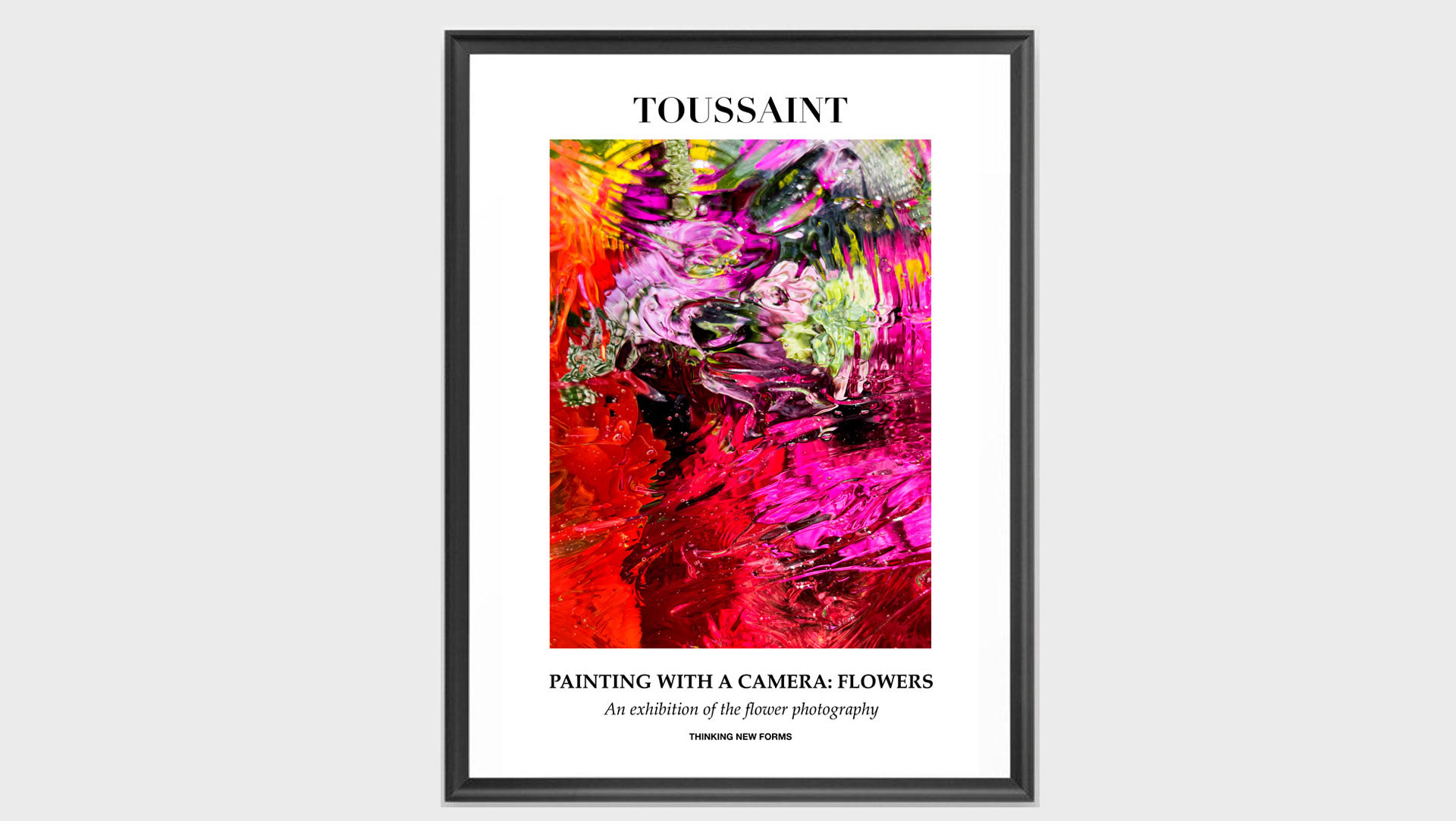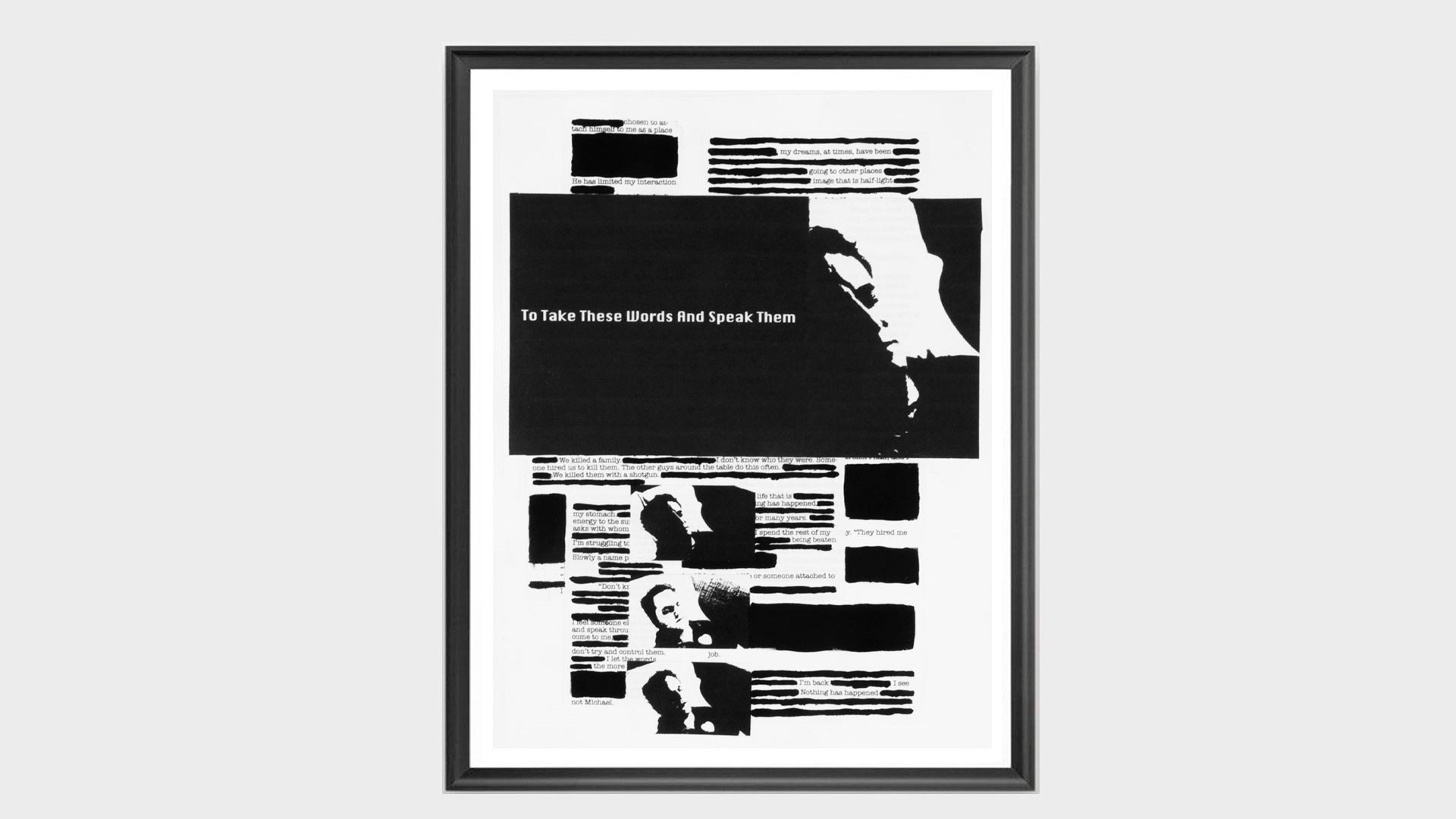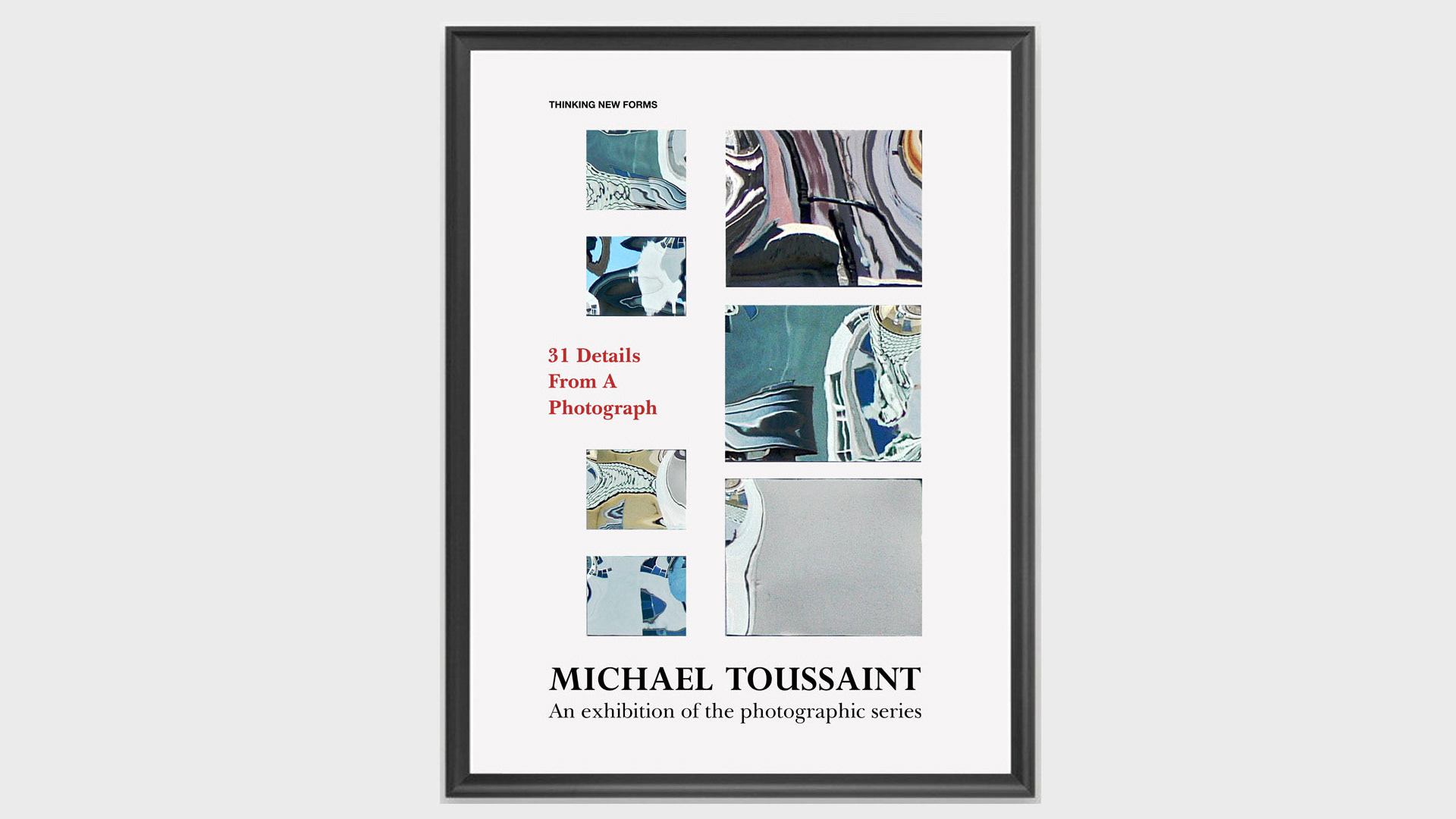Abstracting and Erasing
In 1912 Marcel Duchamp painted Bride, a "highly abstracted biomechanical rendering of the human form." In 1930 Jacques Villon (Duchamp's brother) created an aquatint of Duchamp's Bride, purposely taking liberties with the representation, thereby further abstracting the image. In 1986 Jasper Johns produced eight untitled tracings (ink on plastic) of Villon's aquatint, further abstracting the image. In 2000 I photographed, using 35mm film, a section of a reproduction of a section of one of John's tracings reproduced in a retrospective catalog of his work. From that 35mm photograph, I produced a first and second-generation photomontage, further abstracting the image. On 16 April 2012, I removed from storage the same catalog and took a new photograph using a DSLR Nikon camera. One hundred years after Marcel Duchamp produced his original painting, I created a new first-generation photomontage. Using the new first-generation photomontage as a foundation, I proceeded to push the process and created twenty-five photomontage generations. In each option, the image is abstracted further than the one that preceded it. What follows are details from the series.









